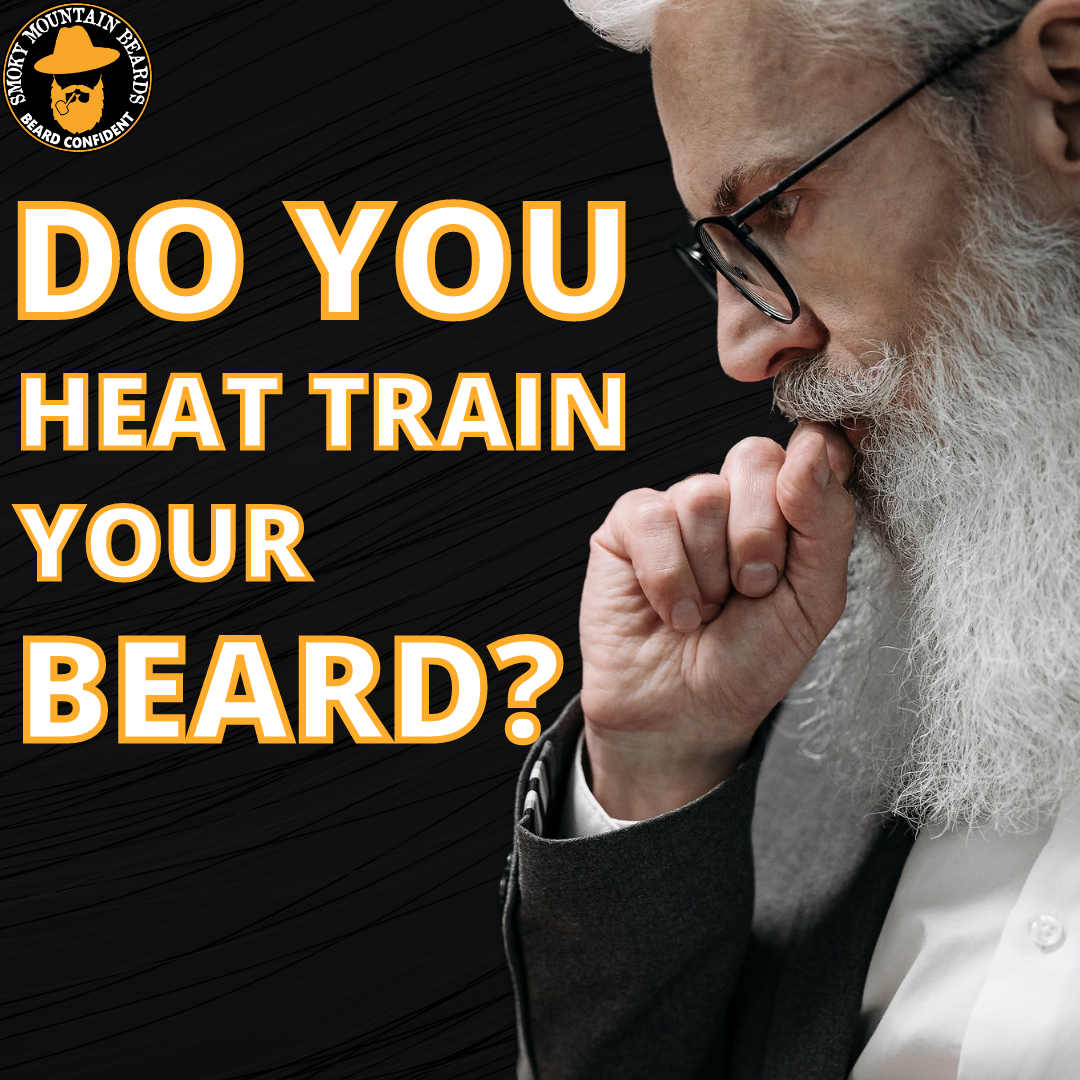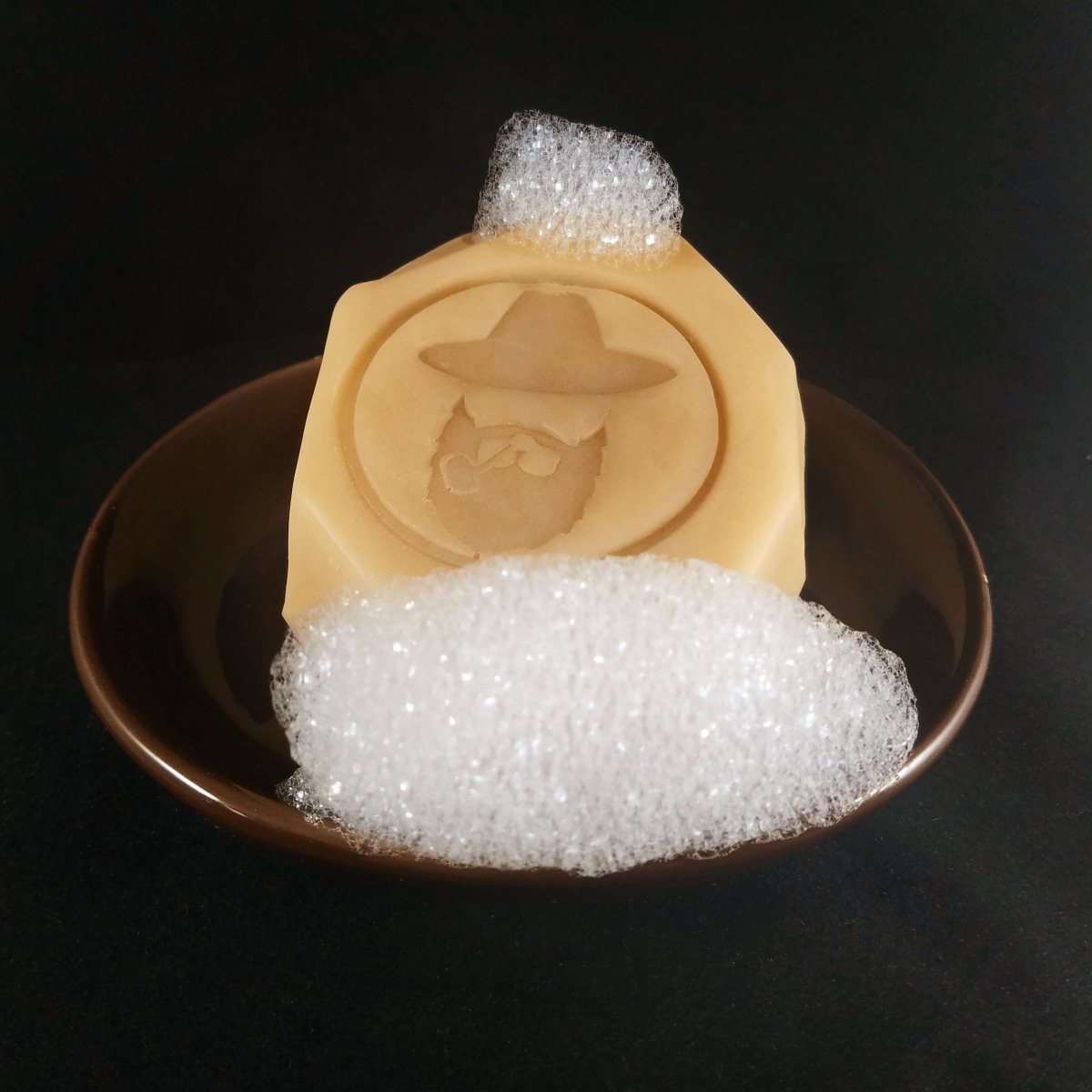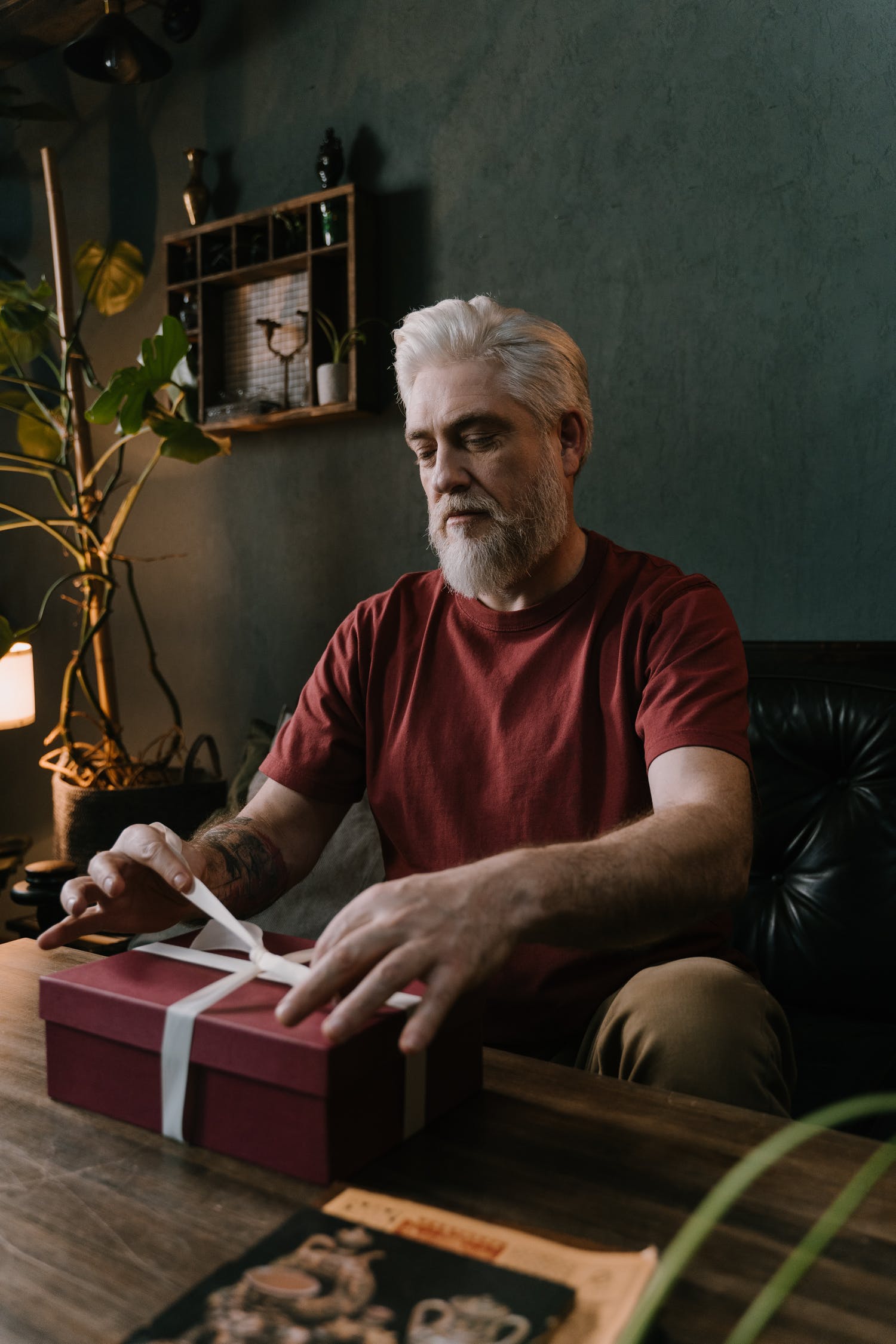Can You Heat Train a Beard?

When it comes to heat and beards, many men are a little skeptical, and for good reason. The beard is close to the face, and no one wants to burn his face. However, heat training is a method of beard styling that some beard enthusiasts love. Is heat training right for your beard, and what’s the best way to do it?
What Is Heat Training?
Heat training is a term popularized by the natural hair community that has made its way to the beard care space. Regardless of how a man’s hair on top of his head grows, beard hair can have a mind of its own. It is very common for a man’s beard to grow much thicker, coarser, and even curlier than the rest of his hair. Some men love the texture of their beards, but others want a straighter, sleeker look.
Heat training is a method of using heat, such as a blow dryer or a curling iron, to train your beard over time to have a certain appearance. Heat training can address texture. For example, a beard can be trained to have a curly or straight appearance. Heat training can also support a certain style. For example, heat training can make a beard fall into a preferred style over time.
Heat training is not a one-and-done process. It involves repeatedly using heat to style a beard a certain way. Heat training may be a once-a-week process or a once-a-day process. Some can even get by heat training every two weeks. It depends on the desired results and the makeup of your beard. Some beards can handle frequent heat while others need heat used sparingly. Results will not happen overnight. However, after weeks or months of heat training, the beard will become less resistant to the desired style. Heat training is not a permanent fix. Just as a woman who curls her hair with a curling iron will not have curly hair for life, heat’s impact on a beard is temporary. The effect of heat usually only lasts in between styles, and the roots need heat training as the beard grows.
How to Heat Train Your Beard
Many men use heat training to either straighten their beard or make it fall into a specific style. Heat training can also be used for curls, but that is a different process for a different day. Let us know if you’d like an article about heat training for curls.
To heat train for straightening or style, start by washing your beard with either Big Beard Soap or Hydrating Utility wash. Both products are great. After rinsing out the soap, gently blot the beard to the point of dampness with a towel.
Then, use your favorite scent of Conditioning Beard Oil to work the oil into the skin and follicles. Next, use a blow dryer in one hand and the Wooden Beard Comb in the other to comb the hair in the direction you want it to lie. Some prefer to comb downwards with the blow-dryer facing downwards. Others find it easier to point the blow dryer upwards and comb upwards. Either way works. Just go with whatever is the most comfortable.
The hair will not be bone straight the first time you do it, and you can only use heat on your face for so long. Depending on the size of your beard, thirty seconds of drying and combing may be more than enough. Definitely stop when the beard is completely dry, but you may even want to stop a little before then. It’s ok to air dry, and drying the beard is not the purpose of heat training. A blow dryer just happens to be the tool of choice. Listen to your body. If it starts to become even slightly uncomfortable, stop.
At this point, your beard may have a fanned-out appearance, and, depending on the direction you aimed the dryer, it may even appear to look worse than when you started out. That’s ok. Turn the dryer off, and use the Wooden Beard Comb to comb your hair in the direction and style you desire. Then, seal the deal by rubbing Conditioning Beard Balm in the same direction that you want your beard to lie. Carefully glide your fingers or even use both hands to smooth down the look.
That’s beard heat training in a nutshell. You just have to do it on a regular basis to see results over time. Heat training makes styling more manageable, but it will not permanently change the text of a beard.
How to Avoid Heat Damage
For all you construction workers out there, let’s stop and do a JHA. For all you non-construction folks, that stands for Job Hazard Analysis, and it just means that we’re going to stop and think about the risks before we hurt ourselves.
Heat can burn the face and the follicles of the beard. Heat can burn if it is too hot to begin with, and a safe temperature can burn if the face is exposed to the heat for too long. Applying heat to a beard also carries the risk of heat damage.
Heat damage can show up in the long term or the short term. Severe and obvious heat damage can happen in the form of the hair being physically burnt off. Long-term heat damage happens when the chemical bonds that give the hair its appearance (curly, straight, or anywhere in-between) become damaged. Then, when the heat is no longer applied, the appearance and the texture of the hair will change. Natural curls can become limp, and naturally straight hair can have a frayed or bent appearance. Fortunately, just like the effects of heat training, heat damage is not permanent. It only last for as long as it takes new hair to grow.
A good rule of thumb is that a heat tool should always be applied to the ends and shaft of the hair. No heat tool should rest directly on the skin for any amount of time. Don’t underestimate the burning power of a blow dryer. If you direct it at or near the skin for too long, it can irritate the skin or even worse, burn it. Be sure to keep the blow-dryer in motion at all times. Especially considering that most of us don’t have foot-long beards (yet,) anything you do with heat needs to be quick and simple.
To avoid damaging the hair on your beard, use the lowest setting that works. If you’re trying heat training for the first time, just start with the lowest setting that exists. Make sure you are comfortable with the tool and the way your beard responds to it before turning up the heat.
The size and type of tool are also key to the safety of your beard heat training experience. Blow dryers are universal, but that is where the “you can use this on your head and your beard” thought process ends. Other heat tools, such as flat irons and curling irons, are not the right size for use on a beard. They also get way hotter than is safe to use anywhere near your face. Especially if you are looking for curls, buy heat tools that are specifically made for beards.
Heat training can be the difference between having a pesky, unmanageable knot ball on your face and having a debonair beard that you’re proud to show off. If heat training works for you, we’d love to see pictures of your results.



